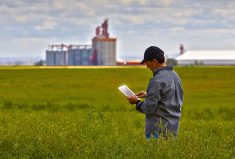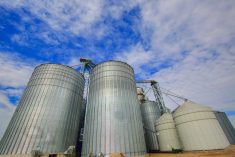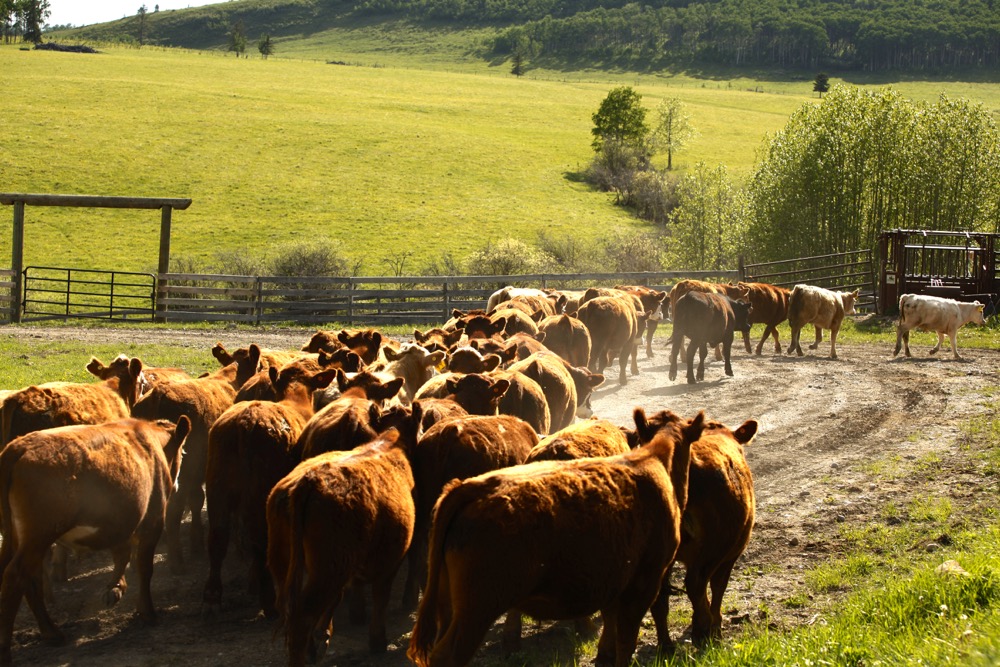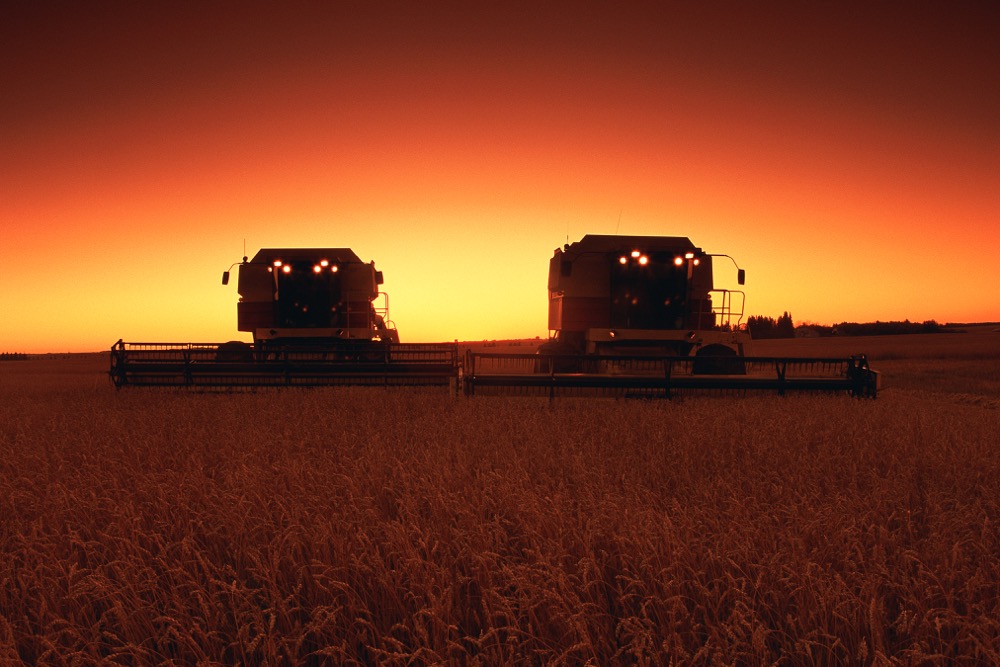
It can be all too easy to fall down the rabbit hole. Internet news, social media, newswires, online publications, they’re all shouting for your attention with new articles, new production forecasts, new supply-demand data and new opinion columns.
But how much of it is just noise instead of actually useful? In order to know what you need to know, do you have dig your way through all the chaff too?
Read Also

The big squeeze: How to be fair to siblings during farm succession
Managing sibling business relationships on family farms.
David Derwin has been involved with markets close to 30 years, and he aims to keep things simple. That means following a few sites and sources that he’s found have a good track record.
“I like ones that tend to have a focus on data and research, and historical analysis, because it puts things into context,” says Derwin, PI Financial’s commodities/equities portfolio manager in Winnipeg. “Finding a few of those is helpful because, otherwise, you’re going to be searching all over the place.”
He also stresses the importance of keeping a longer-term perspective about sudden changes in market fundamentals, and not overreacting to what may be short-term price shifts.
Matthew Pot, founder of Grain Perspectives, says that sometimes the best way of not getting too caught up with the news is by having a plan and sticking to it.
The Burlington, Ont. market analyst adds that a downside of having so much news and advice available is that they can cause second-guessing, especially if they’re offering significantly differing points of view and conclusions.
“Too much information is not necessarily helpful,” says Pot.
Pot also cautions against continually switching information sources to the person who got the last market move right, as the likelihood of it happening twice in a row isn’t great.
“It’s kind of like playing the numbers that won the last lottery,” Pot says.
But overall, when it comes to information “noise,” Allen Pirness of Market Place Commodities thinks farm news compares favourably to that of other sectors.
“It’s a relatively small audience, so the generation of content is mostly meaningful,” Pirness says from Lethbridge, Alta.
Pirness also believes people in the ag sector, including farmers, are getting better at separating the relevant news from the “click bait.”
- Read more: A better market ratio
Where you are on the curve
The volume of news you devour should depend on where you are on the learning curve, or how much experience you have, according to Manitoba beef cattle producer Tyler Fulton.
“If you are just starting to get interested in a topic, reading a broad number of articles and opinions is help- ful in developing basic understanding and guiding where you might look for future resources,” Fulton says. “But, at some point, you need to transition to more technical articles or industry-produced research.”
Fulton says many sources don’t put enough effort into drilling down to that next level of information, although sometimes that kind of information just isn’t available.
Deluge or drought
A year like 2021 shows there’s no shortage of news and information about national and international produc- tion or futures commodities prices. It can seem like every information source is all weather-market all the time.
The problem is, it’s too easy to get into the habit of consuming the news that’s gets to your phone or iPad, rather than thinking about the news you need and putting yourself in control of the agenda.
Even in a year like 2021, there are localized and geographical news vacuums.
Ontario farmer and commodity commentary writer Philip Shaw notes some stark disparities, saying he knows more about the demand for soybean meal out of Argentina and into China than what’s happening near his farm in Dresden.
“I really find there’s a dearth of farm information at the local level. Because there’s no community newspapers anymore, how do you know what’s going?” Shaw asks.
Shaw believes the situation extends into other parts of eastern Canada, especially into Quebec, as French Canada just doesn’t receive the same level of farm coverage as English Canada.
And while the internet brings a lot more information to users’ fingertips, and allows them easier access to international sources, there’s also the danger of dis- information on social media, Shaw adds.
Managing with market tools
One way to focus on the marketing side of your busi- ness and to avoid getting swamped by an information overload is through flexible option hedging strategies, says PI’s Derwin.
“They kind of act like price insurance in a way, so you can get the downside protection you need, but also the upside you want. It gives you that flexibility on a wide range of pricing. You don’t have to be exact on your analysis,” he says.
Options are exactly what’s called for in Western Canada’s current environment of extreme dryness and production uncertainty. “You don’t have to worry about committing your crop for delivery because it’s not a delivery contract, it’s just a price insurance contract,” Derwin says.
Options can free the farmer from having to put so much effort into pursuing day-to-day, week-to-week, or even monthly news events. Essentially, they deal with all the information, volatility and uncertainty in a better way.
Derwin explains that farmers might plod through a stack of articles that predict doom, followed by another stack that are more bullish, and then head to the tractor for a couple of days of real work just when the real price movements hit.
“So those kinds of strategies (i.e. options) are a really good way to manage the information flow by not getting too wrapped up in it,” Derwin says.
Derwin adds that following price charts is another way to follow and understand markets and where they’re headed without relying heavily on the news cycle.
“You can’t follow everything; it does take a lot of time to read through it all,” Derwin says. “Every now and again, you will get a really good nugget of info or an idea that you can actually use, but it doesn’t replace what the simple charts are telling you, or at least, what have they done, what are they currently doing, and where they’re pointing to: up, down or sideways.”
















